Urospatha Schott
none
Araceae
South America
Urospatha sagittifolia (Rudge) Schott
none
not weedy
emergentemergent:
(adj) (syn. emersed) with parts raised out of the water; extending up out of the water
 plant in shallow water
plant in shallow water
Perennial. Rhizomerhizome:
(n) an underground stem, usually growing horizontally, from which both roots and shoots emerge directly; the thick, above-ground stem of ferns
 tuberous or spongy, horizontal. Leaves in apicalapical:
tuberous or spongy, horizontal. Leaves in apicalapical:
(adj) of the apex
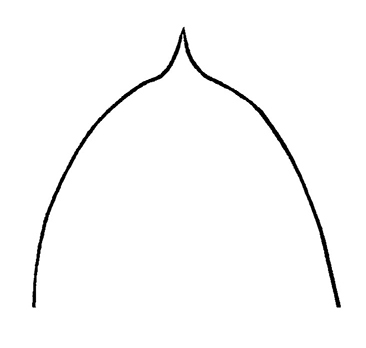 rosetterosette:
rosetterosette:
(n) a radiating cluster of leaves, usually close to the ground at the base of a plant
 ; petiolepetiole:
; petiolepetiole:
(n) the stalk of a leaf
 elongate; leaf bladeblade:
elongate; leaf bladeblade:
(n) (syn. lamina) the flat, expanded part of a leaf, frond, or petal (excluding, e.g., the petiole)
 large, without spines or fenestrations, sagittatesagittate:
large, without spines or fenestrations, sagittatesagittate:
(adj) shaped like an arrowhead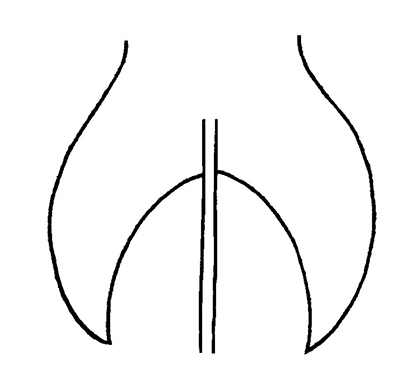 , venationvenation:
, venationvenation:
(n) the arrangement of veins in a leaf
 palmatepalmate:
palmatepalmate:
(adj) (of leaves or venation) with lobes, leaflets, divisions or veins originating from the same point
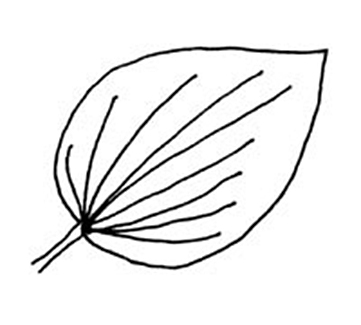 ; marginmargin:
; marginmargin:
(n) edge; rim
 entire. Inflorescenceinflorescence:
entire. Inflorescenceinflorescence:
(n) the arrangement of flowers on the floral axis
 a spadixspadix:
a spadixspadix:
(n) a spike of small flowers borne on a thick, fleshy axis
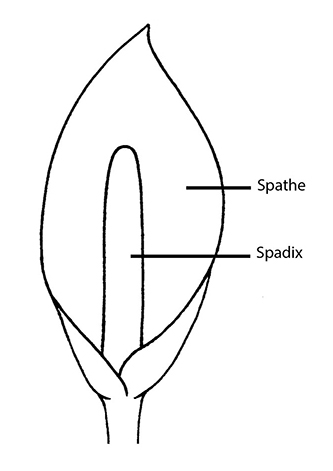 enclosed in twisted spathespathe:
enclosed in twisted spathespathe:
(n) a large bract or bracts subtending and often enclosing an inflorescence
 on elongate pedunclepeduncle:
on elongate pedunclepeduncle:
(n) the stalk of a flower cluster or inflorescence
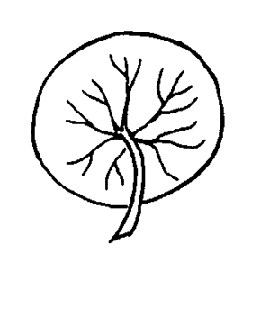 . Flowers bisexualbisexual:
. Flowers bisexualbisexual:
(adj) having both male and female sexual reproductive structures on one individual or in one flower
 . Fruit fleshy, producing numerous red berries. Dispersal by seed.
. Fruit fleshy, producing numerous red berries. Dispersal by seed.
swamps, pools, and stream banks
A genus containing about 11 species, only Urospatha sagittifolia is commonly cultivated for ponds, usually in warmer regions as this plant is cold sensitive.